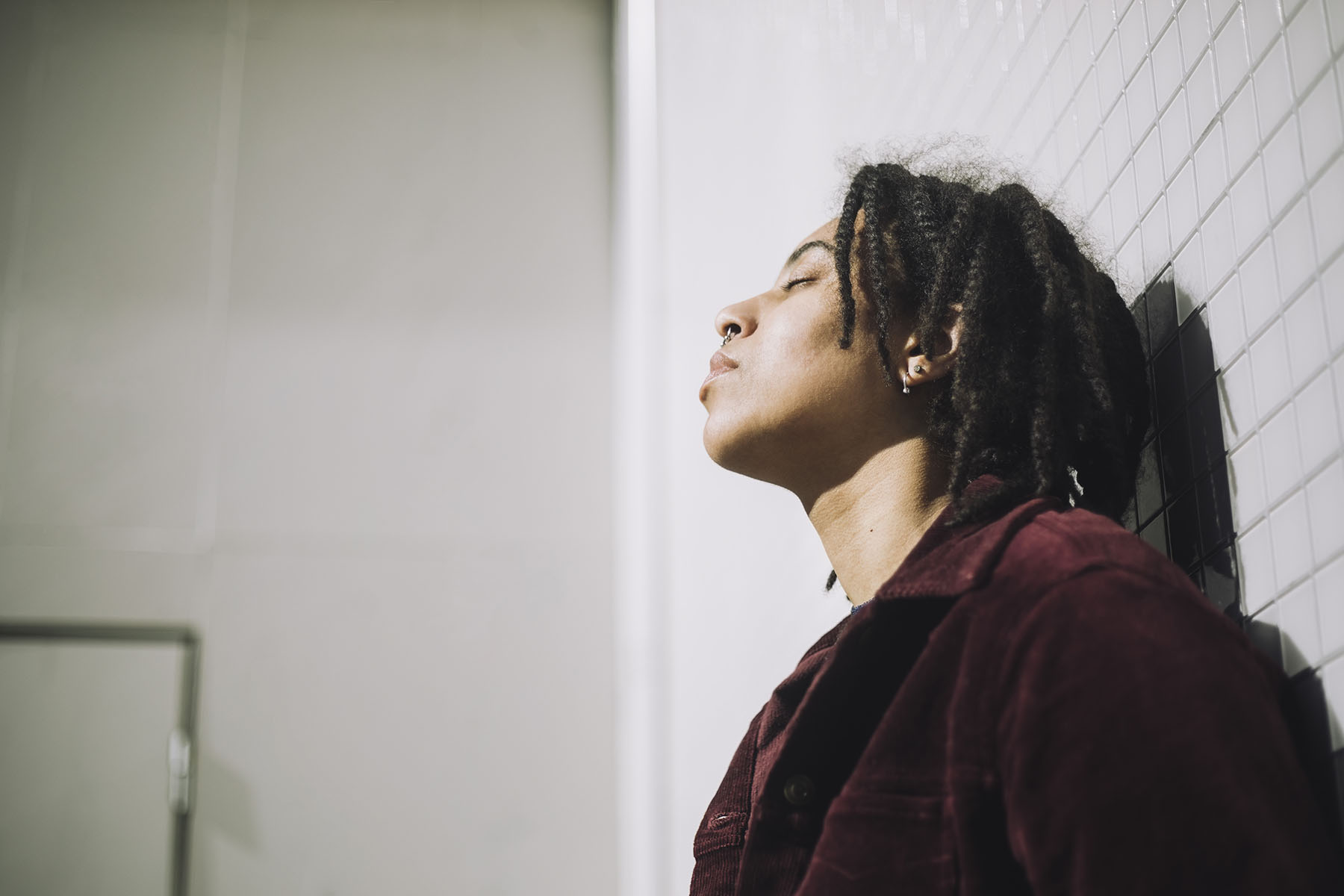For many trans and nonbinary people, bathrooms can be complicated places to navigate — a fact highlighted by the death of 16-year-old Nex Benedict in Oklahoma.
Oklahoma is far from an outlier when it comes to failing to provide safe and equitable bathrooms for transgender people. According to the Movement Advancement Project, which tracks LGBTQ+ policy, 13 states have a policy that prevents transgender people from safely or legally using public bathrooms.
But data shows that even in states with trans-friendly policies, transgender and nonbinary people report high rates of harassment in public bathrooms. Advocates say everyday people can have a big impact in interrupting discrimination in gendered restrooms. Here’s how anyone can help prevent abuse.
Acknowledge that bathrooms can be scary, and help locate safe options
Sex-segregated restrooms have historically been a hostile space for Tat Bellamy-Walker, a Seattle-based journalist and Black gender-fluid trans person. In graduate school and at journalism internships, they had to go far out of their way to find all-gender single-stall restrooms they could use safely.
“You never forget being told you don’t belong in a restroom, you never forget not having a place to dispose of sanitary products if you’re on your period in the men’s bathroom,” Bellamy-Walker said. “It’s just clear you do not belong in public spaces.”
Allies can help tremendously by locating and pointing out gender-neutral bathrooms to friends or family who might need them. This is especially important for people planning events or parties. Make sure your space has safe bathrooms.
-
Read Next:
Offer to be a bathroom buddy to your trans and nonbinary friends
Carrie Soto, a South Dakota parent of a transgender child, said she lives by the mantra “see something, say something.”
That means speaking up when there is bullying and harassment and volunteering to accompany a trans/nonbinary friend or family member when they have to head into a public bathroom.
“Validate a trans person’s fears and anxiety about the situation,” Soto said. “ If [my daughter] uses a gendered restroom and feels anxious, I go with.”
Make trans and nonbinary people welcome if you see them in bathrooms
It may seem obvious, but transgender health advocate Jamison Green notes this step can really help trans people feel safe. Consider first that according to 2015 U.S. Transgender Survey, 59 percent of trans people avoided using a public restroom due to fear of harassment. Data from 2022 found that 6 percent of trans people said they were physically or verbally attacked while trying to use a bathroom, while 4 percent were denied access to a bathroom.
“If you see someone who you clock as trans or nonbinary, just smile or pay them a non-provocative compliment. … Wish them good day or good evening, and move on,” Green said. “Of course that only goes for the women’s room! In the men’s room, talking is extremely rare.”
Green recommends that cisgender people offer a kind silent nod.
Ask for more gender-neutral options
Twenty-two states and Washington, D.C., allow residents to opt for “X” gender markers on their IDs in addition to selecting “M” or “F.” Still, in every state, regardless of laws, most bathrooms in government buildings, schools, businesses, places of worship and cultural institutions are gendered.
Advocates say people can help change this by simply asking businesses and building owners for more options to accommodate all genders.
“Advocacy is the most important part of the fight for transgender rights,” Lambda Legal notes in its guide to restrooms. “And if employers adopt pro-trans policies proactively, instead of waiting for a transgender person to pave the way, there’s much less chance of having problems down the line.”
-
Read Next:
Try to leave single-stall gender-neutral bathrooms free unless you need them
The internet is full of rants not appropriate for a news article about people using the only single-stall gender neutral bathrooms available not for safety but for … well, pooping. As a result, gender-neutral bathrooms, especially in airports, are almost always occupied.
There are many reasons why a cisgender person might need a single-occupancy bathroom (accessibility, illness, child care and, yes, even a little more privacy). Just like accessible stalls, it’s a kindness to leave gender-neutral restrooms unoccupied when you don’t need them.









